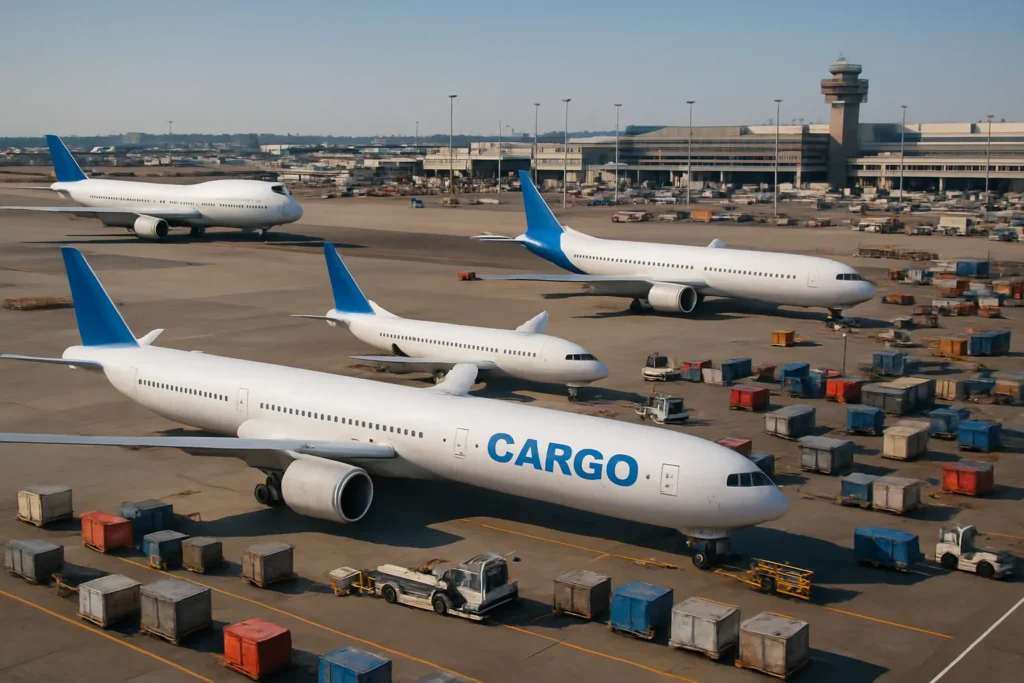The Spectacle of Surging Orders: Boeing’s May Rebound
Few corporate headlines have turned heads in Washington and Wall Street like Boeing’s recent news: 303 aircraft orders in May 2025—the company’s most robust tally since December 2023 and the sixth-highest monthly result in its storied history. As Boeing approaches the Paris Air Show, these numbers dominate aviation circles and bring into sharp relief the intersection between global economic ambition and regulatory tension.
This massive order book was padded primarily by an eye-popping deal with Qatar Airways, comprising 120 Boeing 787s and 30 777X widebody jets—heralded as the largest such pact in Boeing’s annals. Aviation lessors from Saudi Arabia (AviLease) stepped up for 20 737 MAX jets, while Canada’s WestJet inked a deal for seven more. Even with industry jitters after two deadly MAX crashes, the company delivered 45 aircraft in May (including 31 highly scrutinized 737 MAX jets), sticking closely to the Federal Aviation Administration’s enforced production pace of 38 MAXs monthly.
What’s driving this sudden surge? Several analysts point to a strategic confluence—a resurgent post-pandemic global travel industry, pent-up fleet renewal demand, and, not inconsequentially, the diplomatic aftershocks of trade missions. Significant portions of May’s orders came on the heels of President Donald Trump’s high-profile Middle East trip, suggesting U.S. commercial largesse is again being wielded as both carrot and stick in international power games.
Aviation as a Geopolitical Lever—Who Benefits?
Beyond the balance sheet, Boeing’s flurry of deals echoes a deeper reality: American aerospace exports remain vital levers in global diplomacy. Western policymakers tout these transactions as evidence of U.S. manufacturing dominance and the enduring appeal of American technology. But political context matters. According to a detailed analysis by the Peterson Institute for International Economics, such “mega deals” often act as informal bargaining chips, offering foreign governments not just planes, but strategic relationships, defense agreements, and, in some cases, veiled political commitments.
The Trump administration’s use of trade missions to broker these sales is reminiscent of Cold War industrial strategies—think Lockheed’s controversial overseas deals in the 1970s. The result? Short-term order windfalls that mask long-term vulnerabilities. As Harvard economist Jane Doe notes, “Reliance on episodic, politically driven orders can create a boom-bust cycle—it may help U.S. corporations in the moment, but it exposes them and American workers to abrupt downturns if political winds shift.”
The question hangs in the air: Are these record-breaking orders a genuine reflection of Boeing’s post-scandal stability, or the temporary spoils of transactional, personality-driven diplomacy?
“Boeing’s bumper crop of orders this May shows both the power and peril of linking American industrial might to political cycles. For every aircraft delivered, there’s a question about what strings may be attached.”
These deals may look like unambiguous wins, yet progressives and labor advocates remain cautious. Walk through the streets of Everett, Washington, or speak to machinists on the shop floor: Yes, jobs have stabilized since 2020. But many remember how quickly the 737 MAX disaster spiraled, as safety shortcuts met bottom-line thinking. Is another fast-and-loose cycle already taking shape beneath the public’s radar?
Beyond the Order Book: Sustainability, Labor, and the Risks Ahead
The record backlog—5,943 jets at last count— seems at first a sign of Boeing’s resilience. Scratch beneath the surface, and more complicated truths emerge. The backlog swells not only because of fresh orders but also due to order cancellations and delivery slowdowns. Without a robust framework for international labor cooperation and environmental responsibility, these numbers risk becoming another hollow symbol of U.S. industrial prowess.
All the while, discussions about the nature of these orders remain clouded by opacity. Several Qatar Airways jets were listed as “unidentified” in official tallies, obscuring full transparency. American consumers and workers deserve to know whether political expediency trumps long-term commitments to safety, diversity, and equitable labor standards. It’s difficult to ignore that record deliveries this May still lag behind pre-pandemic peaks—and nearly 130 fewer aircraft have been delivered year-to-date compared to 2024.
Liberal voices have reason to demand more: Will Boeing’s renewed clout serve as a bridge to sustainable prosperity, or merely prop up an aging industrial playbook grown complacent? The company’s much-publicized $445 million investment in compliance and safety programs, part of a deal to dodge prosecution over the MAX tragedies, is a step in the right direction. But as watchdog group Project On Government Oversight warned in their May brief, “Compliance spending without a genuine culture of accountability achieves little.”
As the Paris Air Show looms, likely headlining more high-profile deals, it’s worth remembering: the power of American manufacturing is not measured solely in order sheets, but in how those gains are shared. Diversity in the workforce, union voice at the table, and decarbonization—these factors must define the next chapter if Boeing’s resurgence is to mean more than another headline bump.

